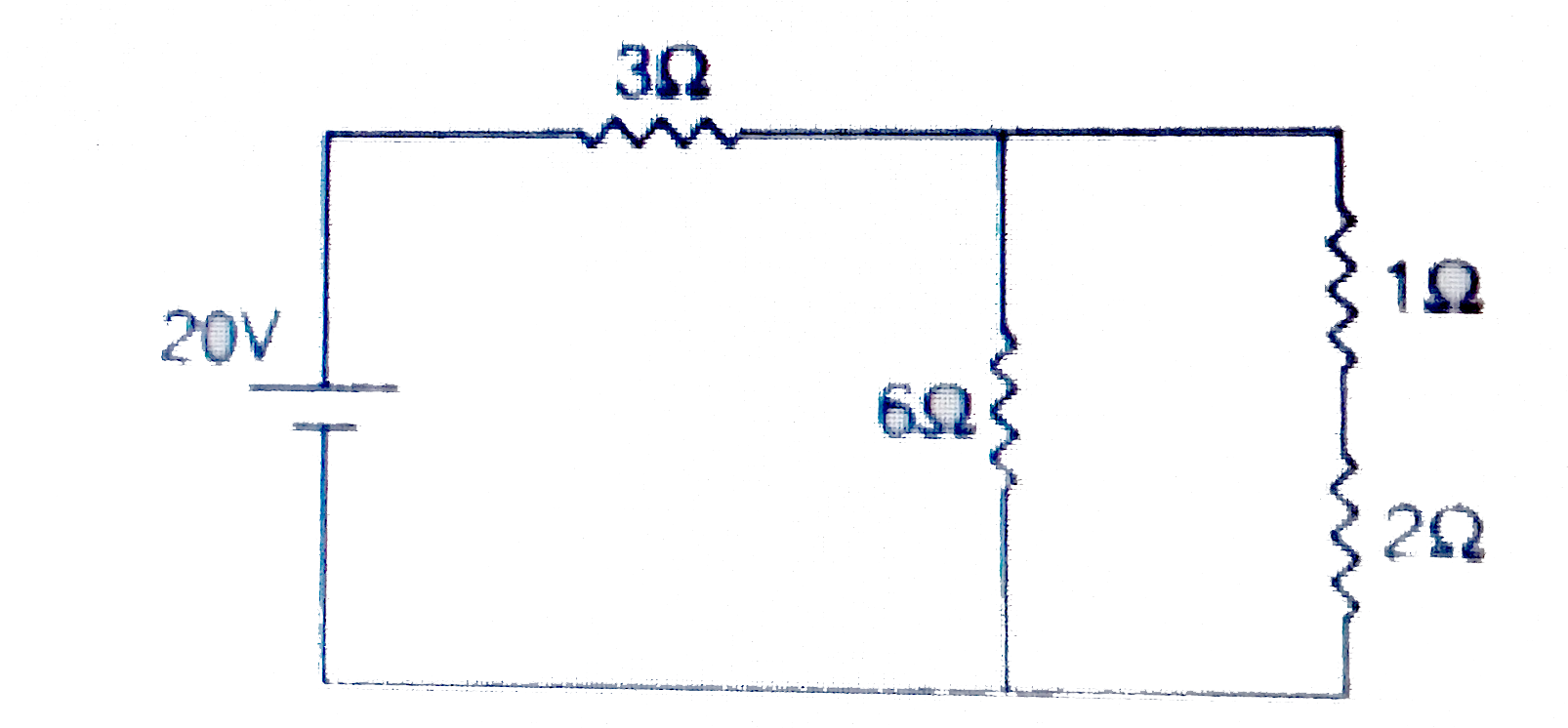In an ac circuit the potential differences across an inductance and resistance joined in series are, respectively, 16 V and 20 V. The total potential difference across the circuit is
A
20.0V
B
25.6V
C
31.9V
D
53.5V
Video Solution
Text Solution
The correct Answer is:B
V=√V2R+V2L=√(20)2+(16)2=√656=25.6V
|
Updated on:21/07/2023
Topper's Solved these Questions
- BOOK - A2ZCHAPTER - ALTERNATING CURRENTEXERCISE - Power In Ac Circuits21videos
ALTERNATING CURRENT
- BOOK - A2ZCHAPTER - ALTERNATING CURRENTEXERCISE - Problems Based On Mixed Concepts40videos
ALTERNATING CURRENT
- BOOK - A2ZCHAPTER - ALTERNATING CURRENTEXERCISE - Connected With Ac42videos
ALTERNATING CURRENT
- BOOK - A2ZCHAPTER - ATOMIC PHYSICSEXERCISE - Section D - Chapter End Test30videos
ATOMIC PHYSICS
Similar Questions
Knowledge Check
- Question 1 - Select One
In an ac circuit the potential differences across an inductance and resistance joined in series are, respectively, 16 V and 20 V. The total potential difference across the circuit is
A20 VB25.6VC31.9VD53.5V - Question 2 - Select One
In an AC circuit the potential differences across an inductance and resistance joined in series are respectively 16 V and 20 V. The total potential difference of the cource is
A20.0 VB25.6 VC31.9 VD53.5 V - Question 3 - Select One
In the circuit, the potential difference across PQ will be nearest to
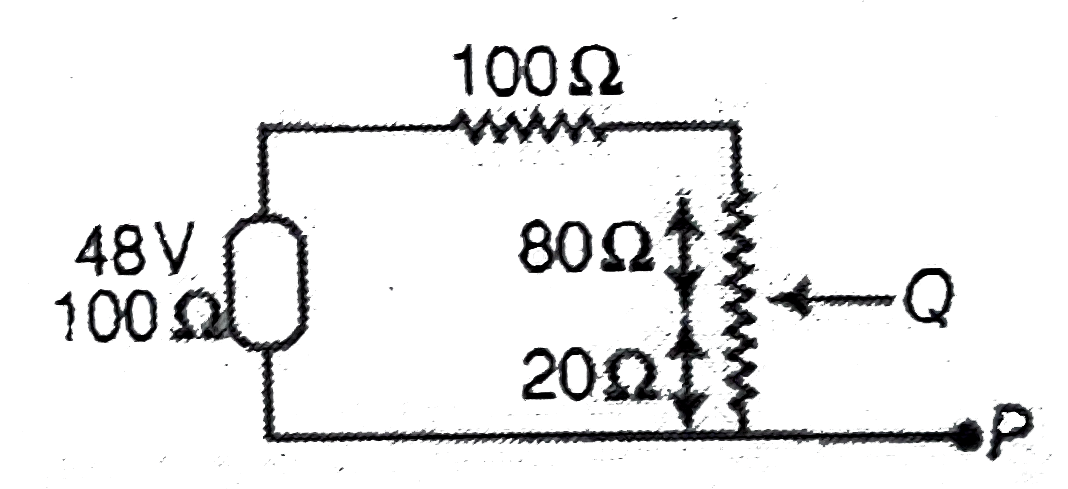 A9.6 VB6.6 VC4.8 VD3.2 V
A9.6 VB6.6 VC4.8 VD3.2 V
In the circuit, the potential difference across PQ will be nearest to
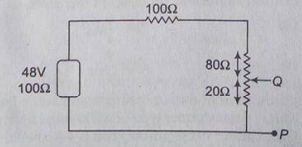 View Solution
View SolutionIn the circuit, the potential difference across PQ will be nearest to
 View Solution
View SolutionIn the circuit, the potential difference across PQ will be nearest to
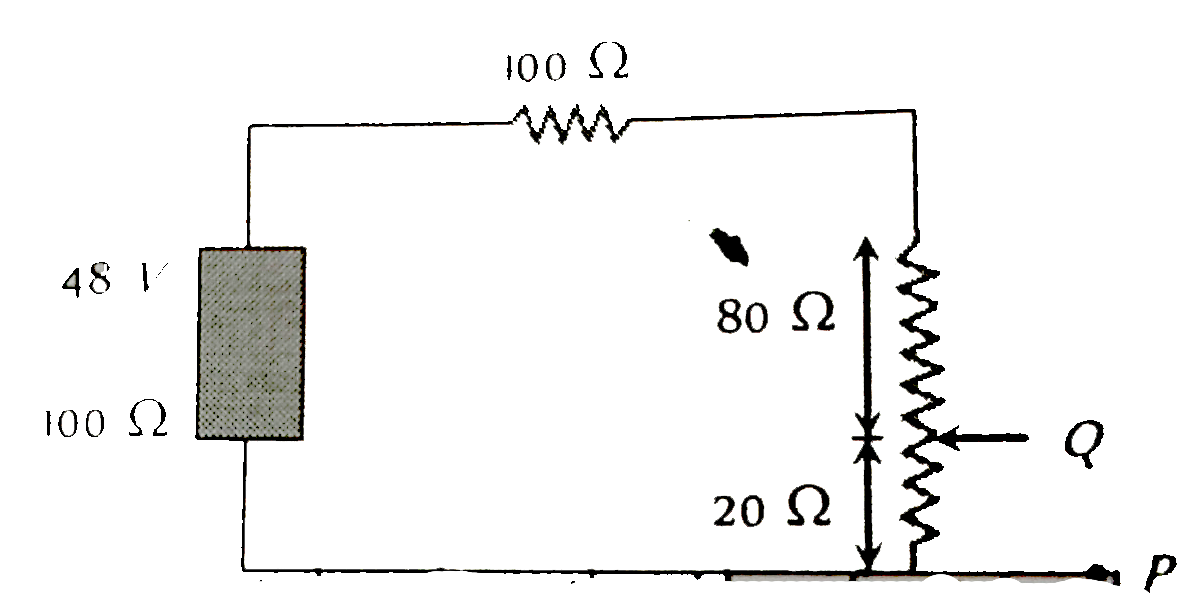 View Solution
View SolutionIn the given circuit diagram, potential difference across 2Ω resistance is
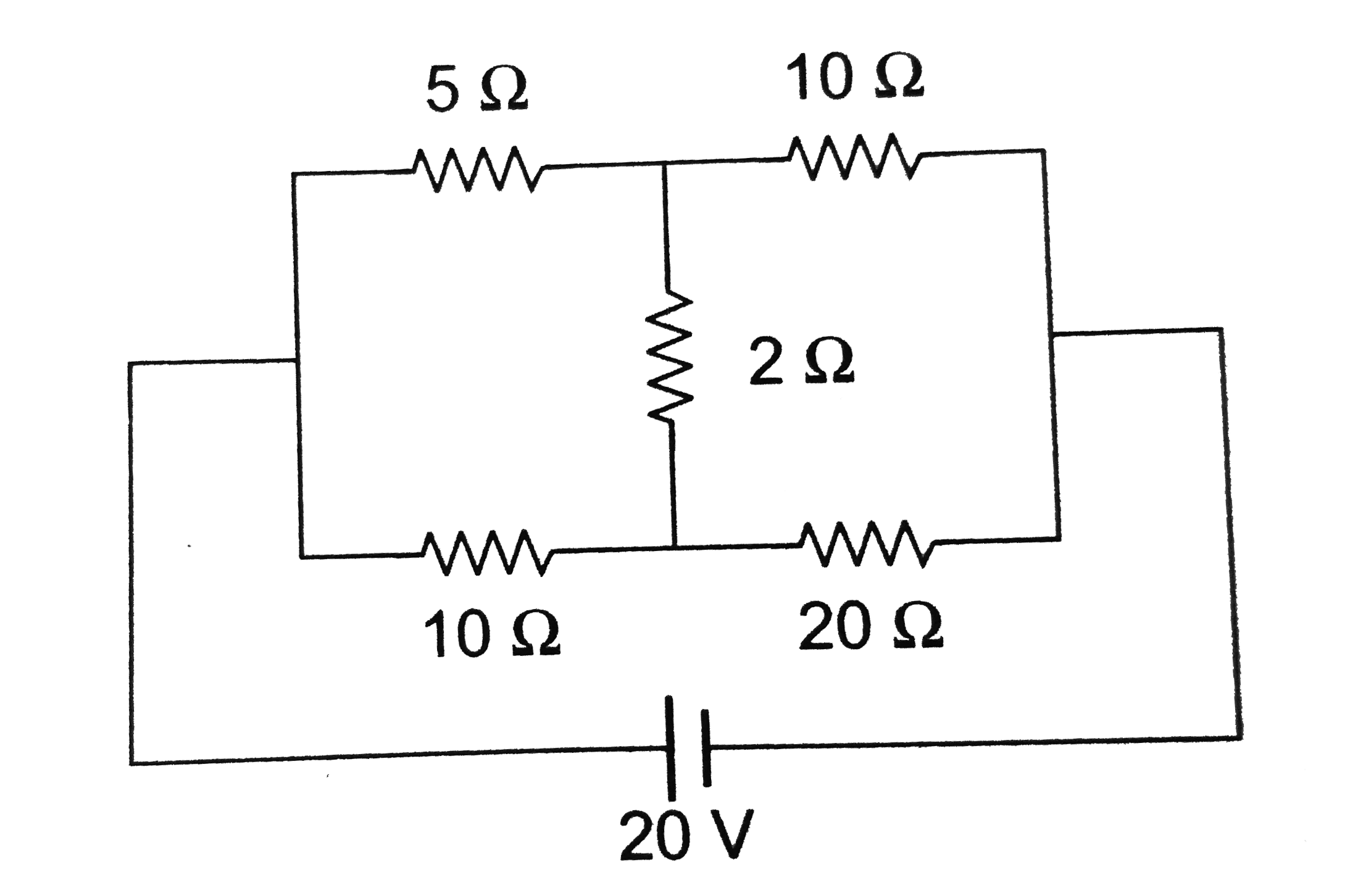 View Solution
View SolutionIn the shown circuit, what is the potential difference across A and B
 View Solution
View Solution


